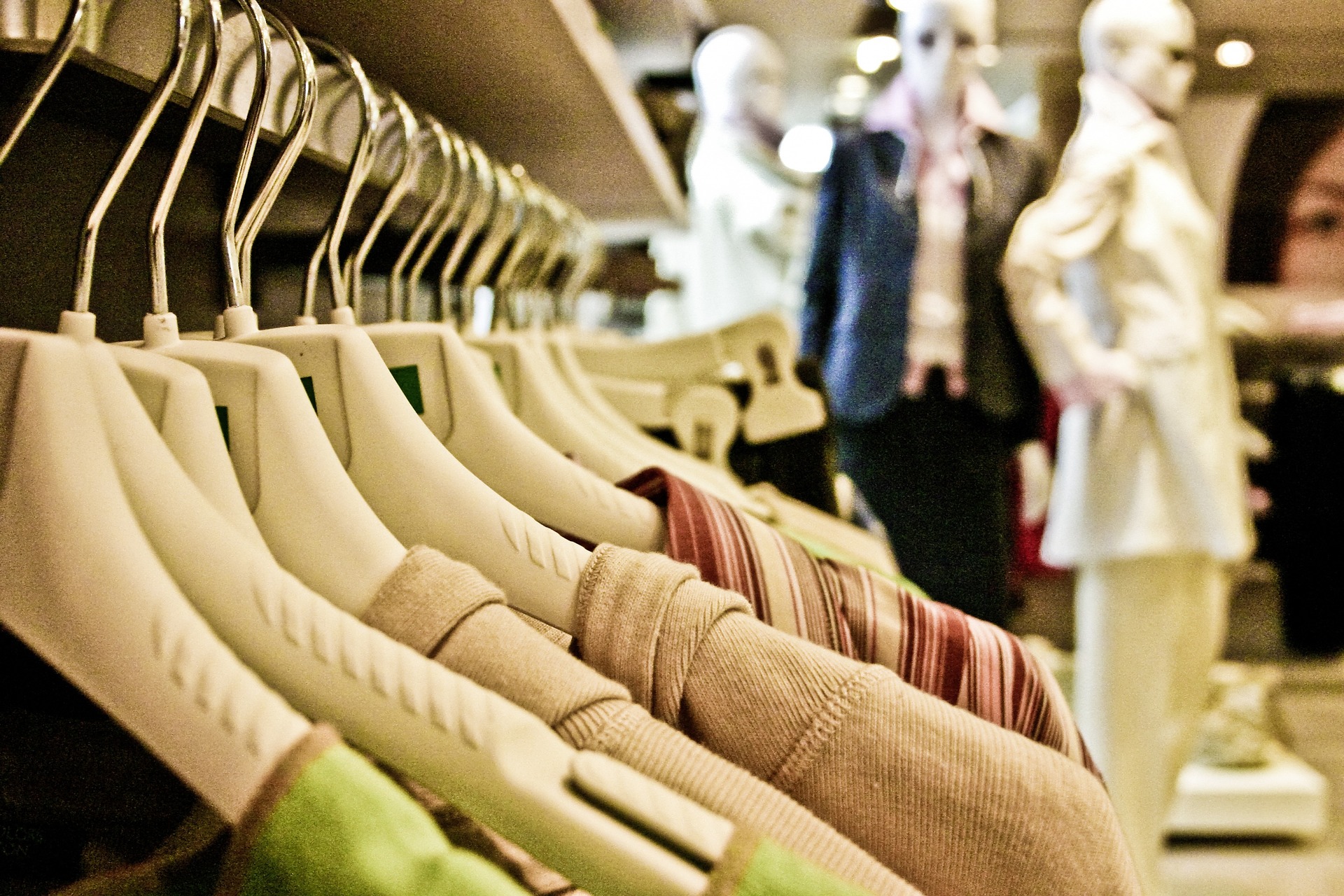Capsule wardrobes have gained increasing popularity thanks to social media and influencers like Matilda Djerf. Djerf, in particular, went above and beyond just advertising a capsule wardrobe: she created her own brand dedicated to providing timeless, high-quality pieces of clothing. Her brand focuses on articles of clothing that will last a lifetime – pieces that can be added to your “capsule wardrobe.”
Typically, clothes in a capsule wardrobe are more basic – plain t-shirts, simple blazers, classic skirts, jeans, etc. They differ from many of the louder, ever changing microtrends that consume social media for a few short months at a time. And so does their price.
Djerf’s brand, and many other similar brands committed to producing quality basics, are dedicated to making their clothing sustainable. Sustainable fashion limits the environmental impact and unfair wages that have become a characteristic of the fast fashion industry – for example, companies like Shein and Forever 21 mass produce these microtrends and sell them for cheap.
There’s no doubt that sustainable fashion is a positive thing, helping to both protect our planet and put an end to the cycle of poverty that workers in the fast fashion industry are trapped in. However, its steep prices make it difficult for everyone to afford.
There’s a lot that goes into the price tags of sustainable fashion: sourcing raw materials in an environmentally-friendly fashion, selecting pricier, but more durable fabrics, providing workers with fair wages, preserving craftsmanship, among other things. All incredibly beneficial – and expensive – facets.
However, many people turn to fast fashion because they can ultimately purchase more bang for their buck. They can purchase several tops, a jacket, and a pair of pants for the same price as a singular sweater from Djerf Avenue.
The clash between making fashion both environmentally sustainable and economically viable is a balancing act. It’s imperative to protect both the environment and serve social justice, but it’s also important to ensure that sustainable fashion doesn’t cater to a select socio-economic class. This creates a difficult challenge of how to achieve both.
If you can afford a $200 pair of jeans to add to your capsule wardrobe, then there is nothing wrong with investing in that staple which will undoubtedly last you several years. However, if you’re looking to be more economically conscious while shopping, there are plenty of ways to do so – many ways that seem to have become overlooked in a culture and world of social media that is constantly advertising material culture and the next best thing.
Shopping second-hand, upcycling the old articles of clothing in the back of your closet, using a clothing rental service and swapping clothes with friends are all alternatives to fast fashion that won’t break the bank.
It’s important to realize that practicing sustainable fashion is not solely confined to buying something from a sustainable brand. You can be sustainable with what you already have and still create your ideal capsule wardrobe.
- The Sustainable Fashion Industry: At What Price? - December 28, 2022

